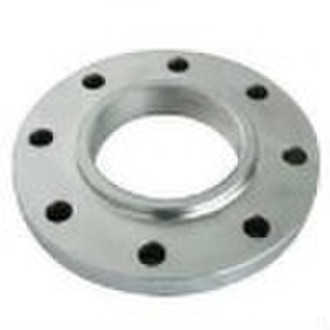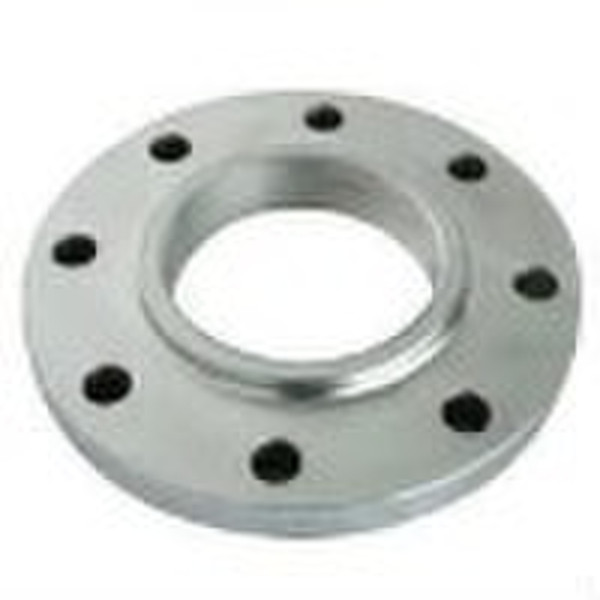Каталог
-
Каталог
- Автомобили и мотоциклы
- Безопасность и защита
- Бизнес
- Бытовая техника
- Бытовая электроника
- Детали машин и услуги по их изготовлению
- Дом и Сад
- Здоровье и медицина
- Игрушки и хобби
- Изделия из металла
- Измерительные и анализирующие приборы и инструменты
- Инструмент
- Красота и личная гигиена
- Мебель
- Мероприятия по охране окружающей среды
- Минералы и металлургия
- Модные аксессуары
- Обувь и аксессуары
- Одежда
- Освещение
- Подарки, сувениры
- Продовольственные товары и напитки
- Промышленное оборудование и техника
- Резина и пластмассы
- Сельское хозяйство
- Специальное оборудование
- Спорт, отдых и досуг
- Сток
- Строительство и недвижимость
- Текстиль и кожа
- Телекоммуникации
- Товары для офиса, учебы. Канцтовары
- Транспорт
- Упаковка и печать
- Химикаты
- Часы, Украшения, Очки
- Чемоданы, сумки
- Электронные компоненты, оборудование, принадлежности
- Электротехническое оборудование и принадлежности
- Энергия
Filters
Search
сплав скольжения стали на Фланцы
ориг. цена: 1,00 USD
Китай
Китай
86-317-6812891

Xiaoning Feng
Контактное лицо
Основные данные
| Размеры | DN15-DN2000 |
|---|---|
| Место происхождения | Hebei China (Mainland) |
| Номер Модели | DN15-DN2000 |
| Бренд | own |
| Материал | Легированная сталь |
| Стандарт | ASME |
Slip-on flanges are a popular type of pipe flanges. These are type of flanges that slide over the end of piping and then welded in place. These flanges are ideal for lower pressure applications. These are easily fitted and welded into different pipes. Welding reduces fabrication costs of these pipes. These are available in wide variety of sizes and applications Materials used: Common materials used are as follows: Stainless steel Brass Steel Alloy Steel Aluminum Plastics Titanium Monels Carbon steel Alloy titanium etc. Why slip on flanges are preferred to welding neck flanges? For many users, slip on flanges continue to be preferred to welding neck flanges because of the following reasons: On account of their initially lower cost. The reduced accuracy needed in cutting the pipe to length. The greater ease of alignment of the assembly. The calculated strength of slip-on flanges under internal pressure is approximately two-thirds that of welding neck flanges. How to measure slip-on flanges? Take the measurements of: OD: Outside Diameter ID: Inside Diameter BC: Bolt Circle HD: Hole diameter Key Features: Some important features are as follows: One size fits all pipe schedules. Fabricators can more easily cut pipe to length for slip-on flanges. The smaller thickness of this flange allows for easier alignment of bolting holes. They are generally not preferred for high pressure temperature environments. Advantages of slip on flanges: Low cost installation Less time needed to spent on ensuring the accuracy of the cut pipe They are somewhat easier to align The slip-on flanges have low hub because the pipe slips into the flange before welding The flange is welded both inside and outside to provide sufficient strength They prevent leakage
Условия поставки и упаковка
Packaging Detail: wooden case and pallets Delivery Detail: 30 days after signed order
Порт: Tianjin
-
Способы оплаты
Для оплаты товаров и услуг на нашем портале, Вы всегда получаете счет, в котором Вам необходимо самостоятельно указать свои данные.
Мы принимаем к оплате:









